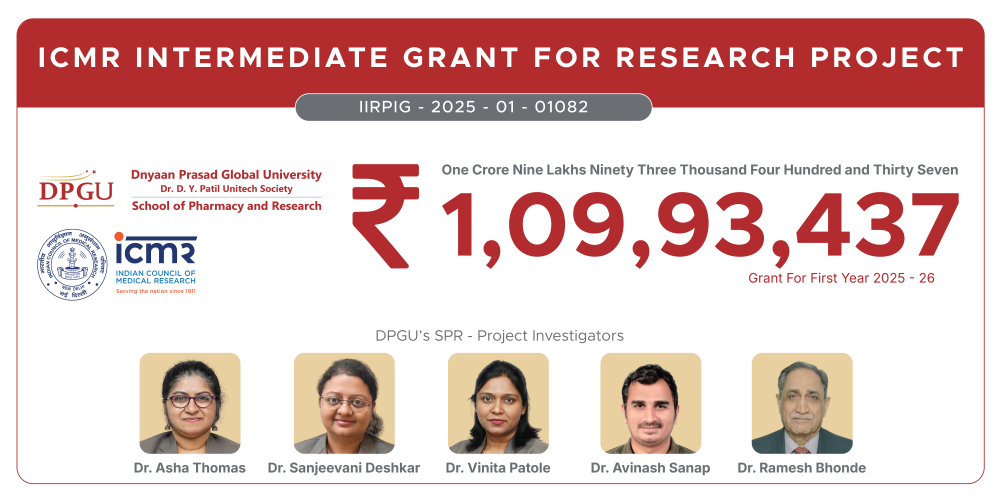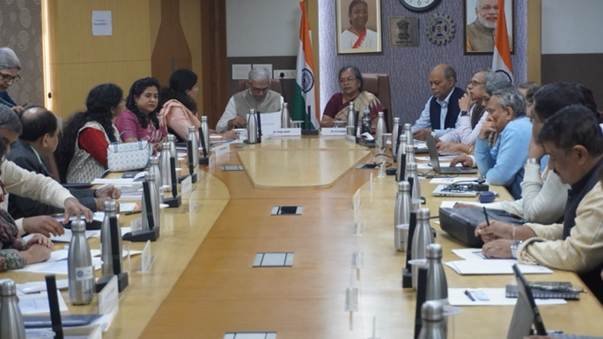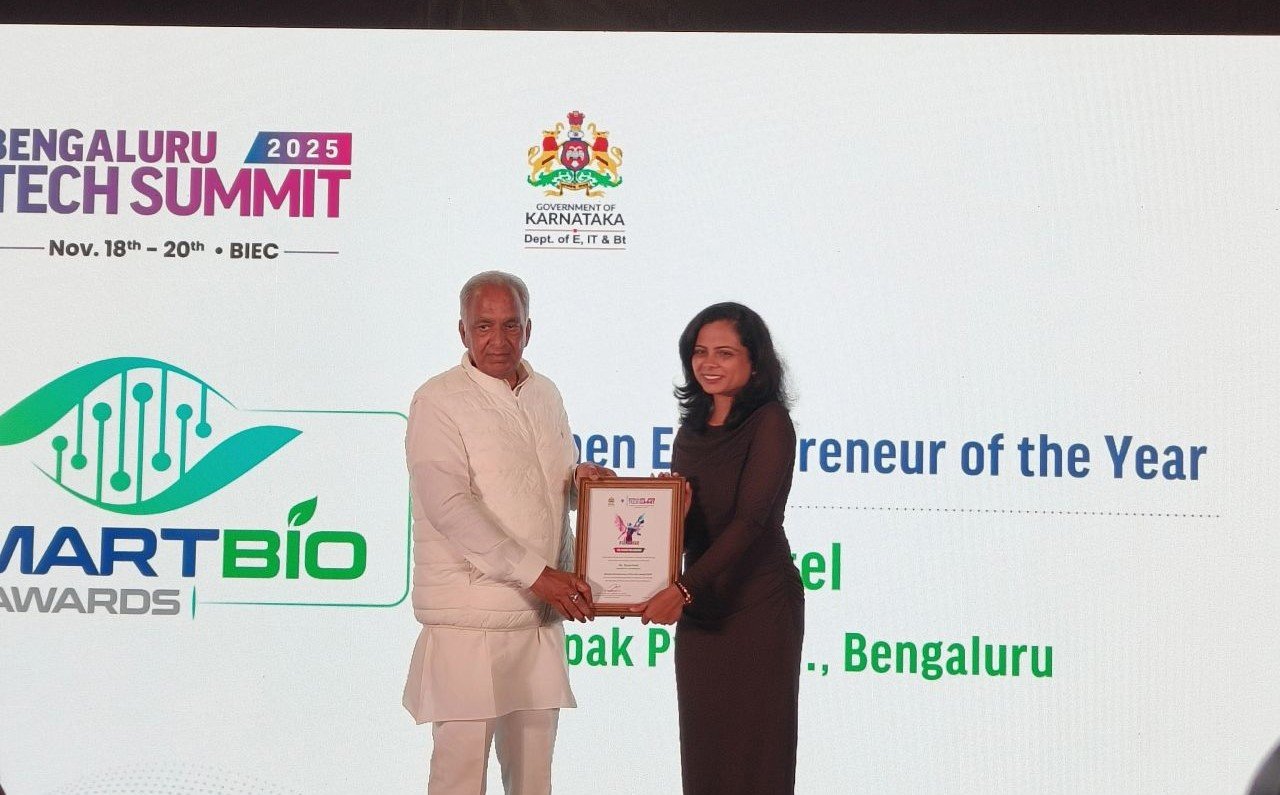Future of Cardiothoracic Surgery with Robotics
June 11, 2025 | Wednesday | Views | By Dr Anandathirtha HS, Sr. Consultant and head – Cardiovascular & Thoracic Surgery, Ramaiah Institute of Cardiac Sciences, Ramaiah Memorial Hospital
Robotic-assisted cardiothoracic surgery is not a replacement for skilled surgeons, it is an enhancement
image credit- shutterstock
Cardiothoracic surgery is one of the most complex subspecialties of surgical medicine and is on the verge of a transformation, a technological change. Transcatheter and Robotic-assisted surgery are at the center of this change and promise to make cardiothoracic surgery less invasive and with lesser duration of hospitalization and more cosmetically appealing with early return to work. While still evolving, robotic systems are increasingly becoming a part of the surgical landscape, offering new possibilities for hospitals, clinicians, and patients alike.
Need for Precision
Cardiothoracic procedures deal with critical organs like the heart, lungs, and surrounding structures in the chest. Historically, these procedures entail extensive incisions, rib spreading, and extended recovery times. Robotic surgery is changing this paradigm. By enabling surgeons to work from tiny wounds with robotic arms controlled via a console, these systems offer unparalleled precision, versatility, and control. High-definition 3D visualization and motion scaling allow surgeons to execute fine maneuvers that would be challenging with the human hand with a small hole. Therefore, mitral valve repairs that were once done via open-heart surgery now can be done with keyhole wounds, often with comparable outcomes in experienced hands.
Advantages Outside of the Operating Table
Benefits from robotic cardiothoracic surgery are being observed everywhere.
- Smaller wounds
- Less blood loss
- Fewer chances for infection
- Less time spent in the ICU and quicker recovery
- Less pain after surgery and quicker return to work
Research has demonstrated that robot-assisted coronary artery bypass and valve surgery can shorten hospital stays by up to 50%, with patients being discharged as quickly as 3–4 days after surgery.
Adoption is Accelerating
Worldwide, robotic surgery procedures have surpassed 1.2 million annually, with cardiothoracic and cardiovascular surgeries comprising an increasing share of advanced interventions. The global robotic surgery market is expected to reach $14.4 billion by 2026, with double-digit growth expected in Asian-Pacific economies.
In India, adoption is increasing steadily and several super-specialty hospitals in metros such as Delhi, Mumbai, Bengaluru, and Chennai have started performing robotic-assisted cardiothoracic surgeries. Although it is still a small percentage of total cardiac surgeries, year-on-year growth is increasing, and indicates increasing confidence in robotic systems both from clinicians and patients.
The surgical instruments designed for robotic systems in India come from both international and local suppliers. These companies are also involved in the development of robotic surgical platforms and thereby also contributes to the Indian economy. This whole ecosystem and chain of supply contributes to many hospitals obtaining high-end technology that has been developed with Indian surgery needs and cost in mind.
Moreover, healthcare centres are starting to incorporate robotic training modules into their surgical programmes and get their consultants trained in robotic surgery. This is an important measure in providing long-term scalability and developing a next generation of robot-capable surgeons.
Realigning Surgical Training and Mindsets
The incorporation of robotics is transforming not only tools but methods. Surgeons are taught to think differently, transitioning from direct hand proficiency to console-based coordination. This necessitates new ways of training, such as simulation-based modules, remote mentoring, and increased learning curves.
The difficulty is in standardizing this training throughout institutions, geographies and differing surgical volumes. But the advantage is considerable: hospitals that invest in early robotic skill-building are likely to be better prepared as robotic systems become commonplace in surgical care.
Challenges Still Remain
While the advantages are obvious, there are hurdles to wider adoption:
- High cost of equipment and maintenance
- Marginally accessible to non-urban and tier 2/3 areas
- Requirement of specialized mentorship and training
- More extended operation time in the early phases of learning
- Diffuse and calcific coronary artery disease In India
- Smaller coronary arteries compared to Caucasian cohorts
- Smaller intercostal spaces compared to Caucasian patients
- Case selection due to demand
- Lesser number of grafts during learning curve
These challenges are considerable, particularly in low-resource environments. Still, as larger numbers of hospitals come forward and document successful cases and learning results, the financial bottom line will be likely to shift in the favor of robots.
Government measures and healthcare reimbursement models can likewise contribute to push fair access through incentivizing the use of robots as well as education in public hospitals.
What's Next?
Looking to the future, the future waves of robotic development will involve:
- Robotic systems aided by AI that recommend the best patient selection and cohorts, incision points or tissue manipulations
- 5G-enabled remote surgeries, enabling the best surgeons to treat patients from anywhere in the world
- Seamless analytics, providing real-time insights into patient vitals, surgical optimization, and predictive results
All these are not decades ahead and are already under development or in a small pilot phase in research institutes across the globe. For India, this presents an opportunity to leapfrog traditional models and directly integrate next-gen surgical infrastructure, especially in centers of excellence.
Robotic-assisted cardiothoracic surgery is not a replacement for skilled surgeons, it is an enhancement. As hospitals and health systems plan, now is the time to invest in infrastructure, training, and talent that can support this evolving approach. The future of cardiothoracic surgery will not be defined solely by the surgeon’s hand, but by how well human skill and robotic precision can work together in achieving better outcomes for patients.
Dr Anandathirtha HS, Sr. Consultant and Head – Cardiovascular & Thoracic Surgery, Ramaiah Institute of Cardiac Sciences, Ramaiah Memorial Hospital










